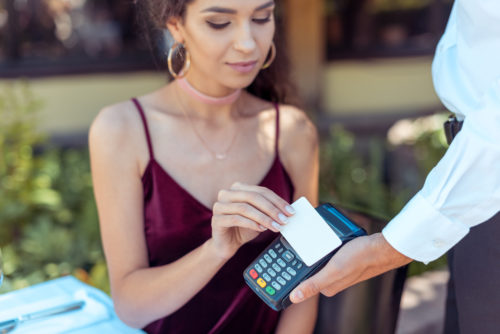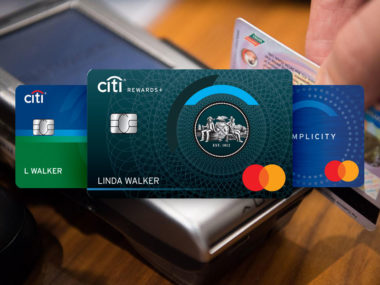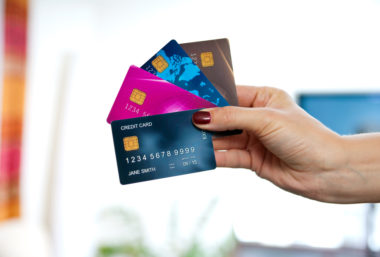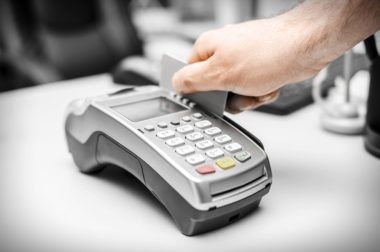Falling victim to scams and fraud is something that can happen to anyone if you’re not careful. Sadly, it can also happen when you are being careful. Breaches in security have been known to happen, even through secure servers. So, how do you protect your credit card information? First, you should always know exactly where you can find a breakdown of your charges, and you should recognize every one of them. You should also know what kind of information will be asked from you by a reputable seller. Lastly, know what to look for in a secure website. Following these steps will keep you clear of avoidable fraudulent situations.
Get Familiar With Tracking Your Spending
Whatever way is easiest for you to track your spending will be beneficial to you for a myriad of reasons. Getting to know the layout of your credit card statement and a breakdown of your monthly charges is the best way to accurately budget your spending. However, it’s also imperative when trying to keep your credit card secure. At any given time you should know what your balance is on the card, what purchases you’ve made, and about how much those purchases cost you.
Keeping receipts, tracking purchases in a personal calendar or notebook, or simply checking your online banking system regularly will suffice. You just need to be confident in what has been charged to your account, when, and how much. This way, if you ever see anything that seems like it wasn’t charged by you, you’ll be able to identify it right away and let your bank know about possible fraudulent activity on your credit card.
You will get an emailed or mailed statement of your charges each month, which is also great for tracking purchases, but it just takes a while for it to get to you each month. If you are a visual person, keeping track of bills is a great way to know your card history, but you should still get very comfortable with how to locate current charges, about how long they take to process to your account, and where to see a breakdown of everything included in your total amount due.
Know When It Is Safe to Share Credit Card Information
In a physical store that you’re comfortable with and shop at often, you’re most likely not going to have any problems feeling secure about sharing your card info. If you’re ever worried about an in-person vendor or business, check out their reviews, see if they have a secure website, and maybe even talk to them about it in person. A legitimate seller should be able to tell you what precautions they’re taking to keep your credit card information safe.
Aside from that, attempts at getting your credit card information that seem a bit out of the ordinary for you, are probably a cause for concern. Namely, credit card scams and fake vendors online. It’s much easier for a person online, rather than in person, to imitate any vendor or business that a lot of people shop with. You might get an email that looks very professional, just like something the company would send, but read the contents carefully and know that there are some things that real businesses will never ask you for.
For example, you should never be asked for your credit card information via email. Any reputable seller that you do business with should have a secure website for your credit card information. What’s more, you should only ever be asked for your credit card information when you’re purchasing something through that vendor. Someone that emails you and has some kind of story about needing your correct or updated credit card information over email for one reason or another is most likely a scam.
Know How To Tell If A Website Is Secure
When you do decide to make a purchase online, make sure that the website is secure. One quick way to tell if the website is secure is through the URL at the top of the page. If the website starts with https in front of the website name, that “s” stands for secure. If it doesn’t have that, the website is not secure. Nowadays, browsers come with built in information that will likely tell you that the website you’re visiting is not secure, so that is your first sign.
Next, when purchasing, reputable vendors will display some kind of notice about how they keep your credit card information safe online through a secured checkout system. Many businesses will also include a privacy policy, which explains how they handle your credit card information, where it could be stored, and what kinds of information they would likely ask you for over the phone or email. In addition, most sellers have a clearly listed purchase guarantee and return policy. If any of these crucial elements are missing, it’s a good sign that you could be dealing with a fake.
Sometimes it’s hard to tell for sure what is a scam and what’s not. If you ever feel like a situation could be a scam, but it seems quite convincing, there’s no harm in reaching out directly to the business just to confirm. You may help them save many other customers from a scam that anyone could have fallen victim to. Many scammers create similar websites (and change one letter in the URL, which you may not notice) and email formatting to the real business, so caution is always a good thing. In the end, if you know what businesses you trust and you keep track of everything happening on your credit card, you’ll be in a good spot to stay away from scams altogether. However, if something ever does happen outside of your control (like a major system hack and mass identity theft), you’re more likely to notice it right away and get it resolved faster.
Do you have more questions about your first credit card? Visit our resource and learning center for more spending tips and guides.
Image Source: https://depositphotos.com/





